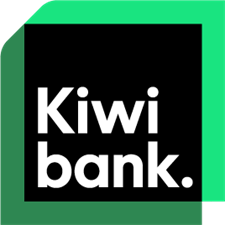Last Updated: 05/01/2026 8:45am
Floating
3.34%
LVR <= 80%
400
Information on this page is for existing Back My Build variable rate customers. Back My Build variable rate is closed to new applications.
Get 1% cash back on new home loans.
Floating
4.99%
225
Get 1% cash back on new home loans.
Floating
4.99%
LVR <= 80%
225
Floating
5.3%
LVR <= 80%
0
Must have a 20% deposit, or already own a home and have at least 20% equity
Floating
5.65%
LVR <= 80%
0
Have a chance each month to win $100k towards your home loan with ANZ until 30 September 2025.
Floating
5.69%
0
TSB will match any home loan rate from ANZ, ASB, BNZ or Westpac, conditions apply. The offer only applies to the purchase, refinance from another bank or building of residential owner-occupied properties with an LVR under 80%.
Floating
5.79%
LVR <= 80%
0
Floating
5.79%
LVR <= 80%
150
Floating
5.79%
LVR <= 80%
0
Early repayment of fixed term loan, $250 plus any costs.
Floating
5.79%
0
Early repayment of fixed term loan, $250 plus any costs.











